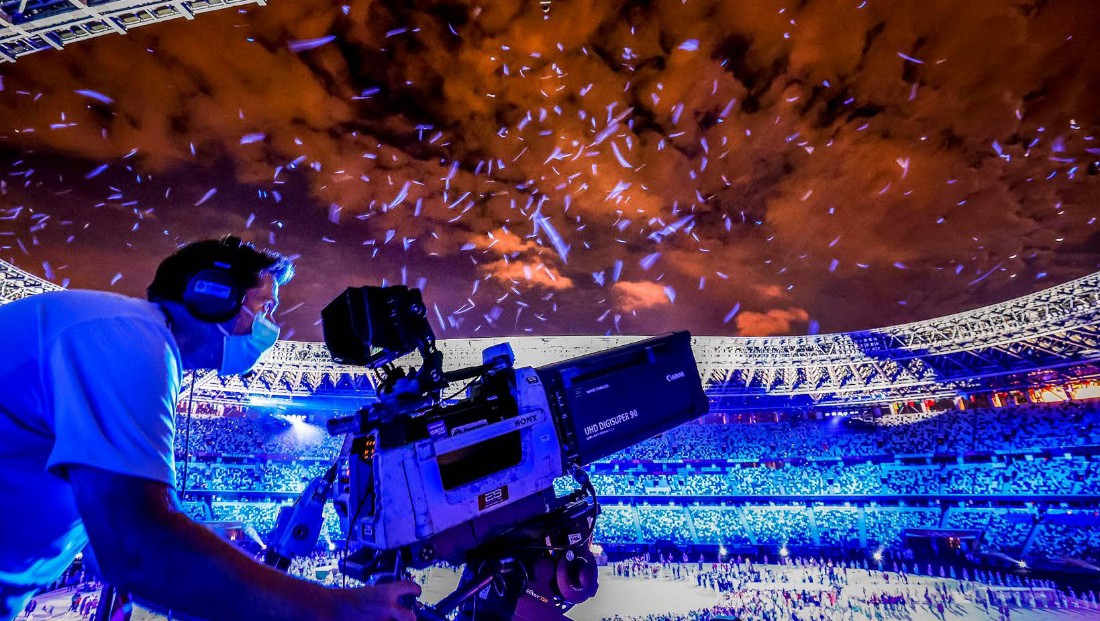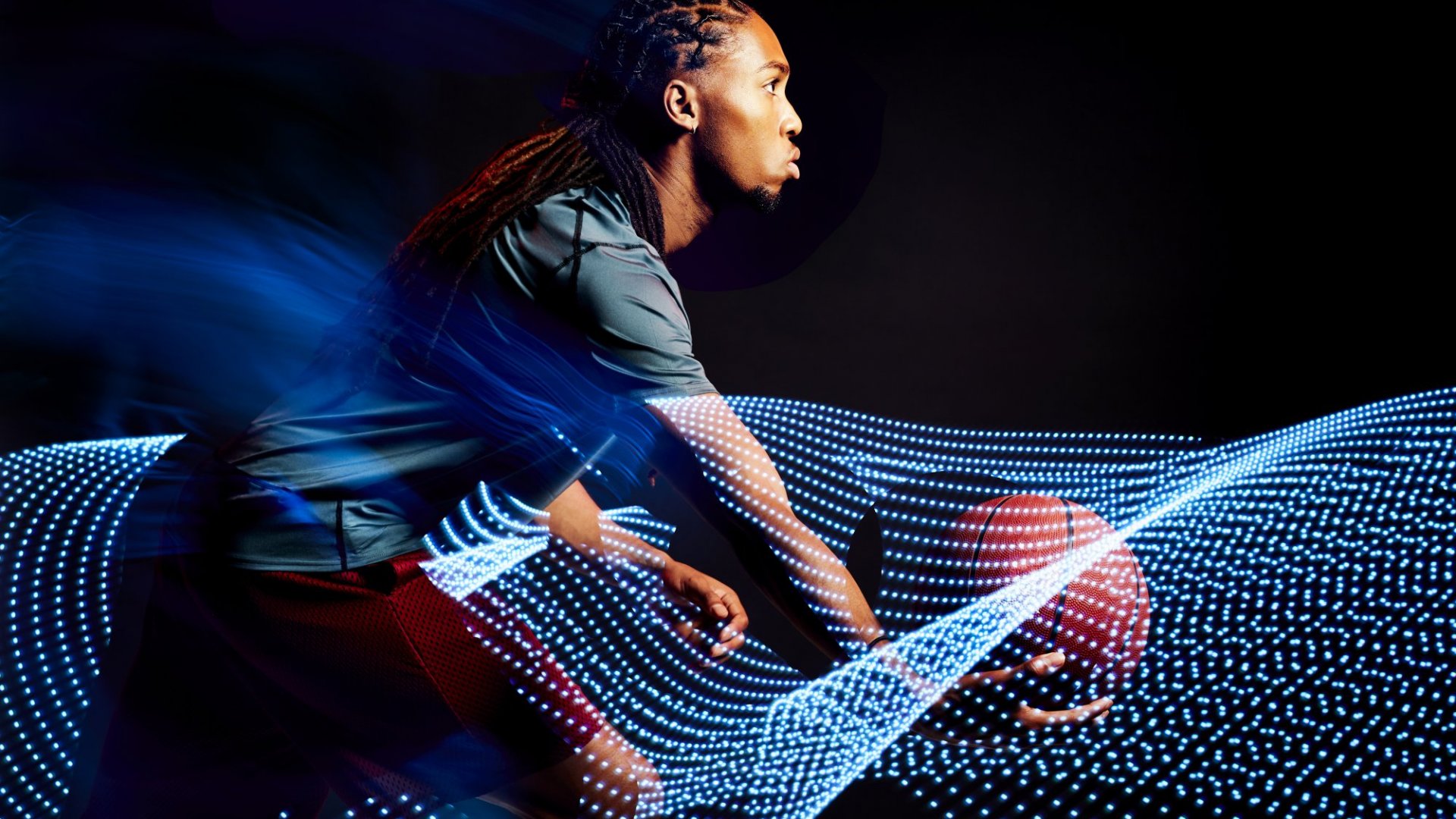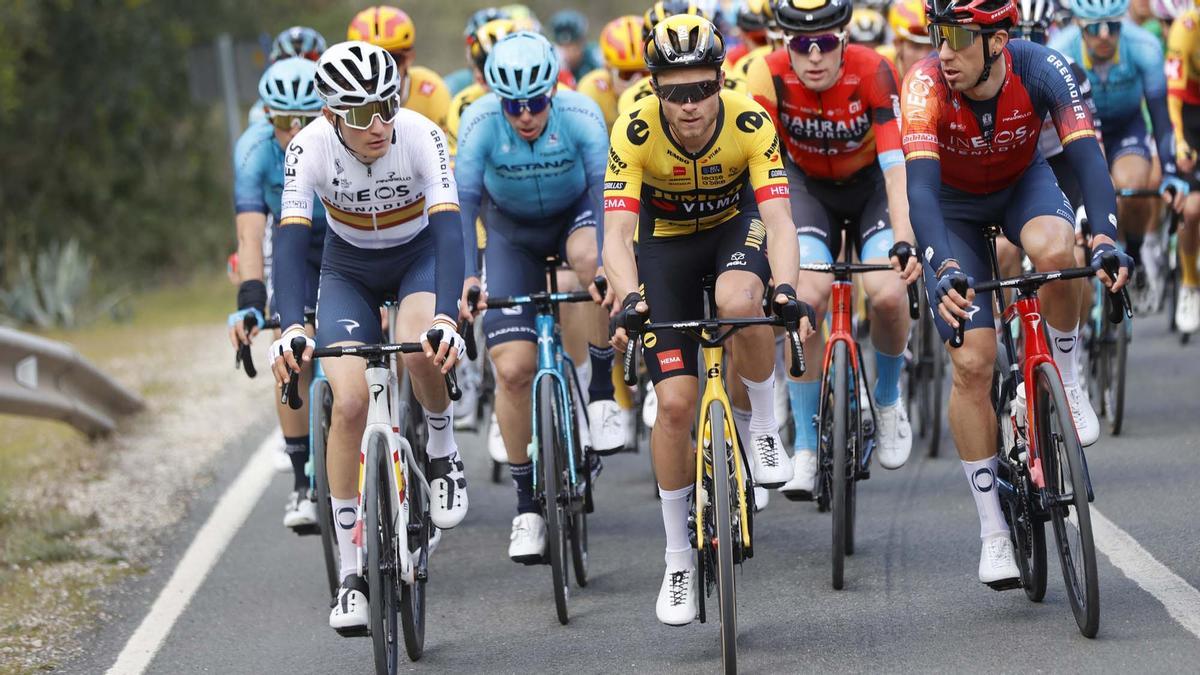OBS Business School publishes the report Sport-Tech: A Look at the Impact of the Industry, directed by Iván Valle, collaborator of the school and head of Technology Applied to Sports at Fútbol Club Barcelona.
Currently, new technologies are an essential part of all professional sports and, increasingly, also of amateur ones. They are present in the processes aimed at improving the performance of athletes and also in those responsible for preparing technical and tactical strategies, ensuring the health of athletes, reaching a larger audience, improving the public experience, simplifying decision-making, and verifying objectively the results of a competition.

With the arrival of increasingly precise technologies, such as biometric sensors, artificial intelligence, or virtual reality, a whole new world of possibilities has opened up in improving sports performance. The development of tiny portable devices with gyroscopes, accelerometers, GPS, or radio frequency makes it possible to control and record precise data on a player’s pace, speed, impact, load, and even personal technique. This allows obtaining information in real-time and allows athletes and coaching staff to adjust their methodology to continuously improve performance. This, together with the fact that sports technology has revolutionized the audience experience, has caused an increase in fan interest in the broadcasts of these events.
The leading companies in the field of sports technology have taken advantage of this situation to expand through multi-million dollar acquisitions to keep the entire technological process of the different teams captive on very few platforms. As a result, some sports organizations have established exclusive partnerships with technology providers, leading to even greater market concentration and the creation of customized solutions for each specific league or sport.
Investment in sport-tech
Hypertechnification, the reduction of costs to reach professionals and the improvement and diversification of access to sports broadcasts have further increased investor interest in everything related to sports-tech. The potential to improve the performance of athletes and maximize sporting results is a very attractive factor for investment companies, mainly because of what it represents when it comes to directly influencing the success of teams and competitions in general.
Sports sponsorship and the increased use of sports technology are two interrelated phenomena that have evolved significantly and represent a growing source of income for clubs. For example, sponsoring a statement on social networks costs around $1,600, a price that increases to $4,400 if it occurs during a competition. Through this means, the NBA, Formula 1, La Liga, the UFC, and the NFL bill a total of 1,338 million dollars. If we focus on the field of football, the teams with the most sponsored posts are FC Barcelona, Manchester United, Liverpool, Real Madrid, and Arsenal with a total of 828.3 million dollars.
Sponsoring companies can monetize their investment through different sources, such as selling products and services directly to the public, collaborating with other brands, and licensing technology to sports teams, leagues, and organizations. If in 2023 less than a billion dollars were invested in the then-incipient sports-tech sector, today that figure is multiplied more than ten times. North America leads the market both in terms of financing rounds and investment figures, compared to the Asia-Pacific area, which has not just started and maintains its figures constant.
Sports technology can be divided into three types: devices, sports software, and sports streaming.
Devices
Tiny tracking devices are now within the reach of many, especially the new generation of professional and amateur athletes. We see it, for example, in smart sports watches or in accelerometers and gyroscopes, which provide detailed data on a player’s speed, strength, and technical movements to understand their muscle load and even predict injuries and recovery times.
Investment in the device market represents 17.4% of total sports technology (most of it destined for equipment and infrastructure, 82.8%, and only a small percentage of 17.2% for wearables). North America is once again the most mature market, accounting for 76% of all investment (a significant part allocated to FitnessTech). Europe follows with just over 20%.
Sports Software
The data service platforms, analysis programs, and all sports management and scouting software are already in use in the vast majority of professional teams in the world. To a large extent, they are very similar to general-purpose solutions, but with a high degree of customization. An example is golf swing analyzers, monitoring of international football markets, or observing the reputation of athletes on the networks to support transfer tasks of technical secretariats.
By collecting data during competitions, key information such as individual performance within the team, tactics, and game trends can be analyzed and visualized, providing interactive metrics and graphs that help coaching staff and analysts make decisions.
sports broadcast
41% of global sports fans watch at least one of the events through streaming platforms, while 47% of younger fans regularly use two screens at a time; Furthermore, 51% of these young people search for and consume live statistics during the competition. Online streaming and streaming apps have gained immense popularity, allowing audiences anywhere on the planet to watch sporting events in real time from any device. From the most common and traditional camera systems, spider cams or 360-degree image generation, in recent times new processes have been implemented that allow performance data to be obtained in real-time, either through video tracking or through measurement with sensors. With this data, the different rights operators can season their broadcasts with an attractive visual environment and offer new possibilities such as gamification and betting apps, or attractive second-screen functions to follow live events with statistics and replays.
It has been detected that the closer the image and story are to a film production or a video game, the better it is when it comes to competing with the rest of the content from other media. For this reason, enormous progress is being made within traditional recording systems.
The rise of sports technology has generated significant changes in the distribution of broadcasting rights for sporting events worldwide; This is due to the audience’s requirements, the brands’ interest in reaching the maximum number of consumers, and the number of message distribution channels available. Traditional television networks continue to have a predominant presence in sports broadcasting, but little by little, streaming platforms are gaining ground. Companies like ESPN, DAZN, Amazon Prime Video, YouTube TV, and other similar services are generating huge revenues from acquiring sports broadcasting rights globally. ESPN reports annual revenue of $10.3 billion, the highest of all sports platforms.
New Tendencies
Trends in the way we practice or consume sports are based on the use of cloud computing, the Internet of Things (IoT), and big data analysis, all aimed at improving results in all areas and the personalization of experiences. The image is undoubtedly the item around which the entire sports industry revolves, and computer vision has disrupted all processes, revolutionizing how the performance of teams and athletes is analyzed, tactical decisions are made and highlights are generated for its immediate distribution. And this is just the beginning.
Artificial Intelligence is already being used to create simulations and predictive models that allow us to anticipate scenarios and improve strategic planning, as well as to cover very specific needs in terms of signings and management of the transfer market. Almost 8% of the general investment in sport-tech is allocated to Artificial Intelligence and, unlike other areas of the industry, it is in Europe where the most investment is being made.
The report indicates that we are very close to seeing match broadcasts completely self-produced by algorithms with a very high degree of professionalism. These will consist of commentators of different profiles, various types of takes, repetitions, summaries, and all the comforts of traditional transmission, but without any human operator on the live. Of course, Iván Valle, collaborator at OBS Business School, states: “It will take a long time to see this type of automatic production in top-level sport because no error can be allowed and these technologies have little capacity to understand the nuances and complexities of the sport and the associated ethical and legal issues. In any case, in the short term, it will allow us to go deeper into the popularization of the categories of educational and minority sports without investing in expensive mobile television production units.
In addition, technologies such as ChatGPT will be very useful for automated fan service, content creation with automated summaries, and multilingual translation and interpretation. VR/AR will open new frontiers in the sports experience for athletes and fans alike; Training and simulations in virtual environments will allow specific challenges to be faced safely and repetitively, perfecting skills and tactics without having to be in a real setting, while the public will enjoy unprecedented immersion in sporting events by watching matches. and competitions in virtual environments, which will allow them to experience the excitement as if they were at the event site. It is worth asking: Will AIs replace the athletes themselves?





